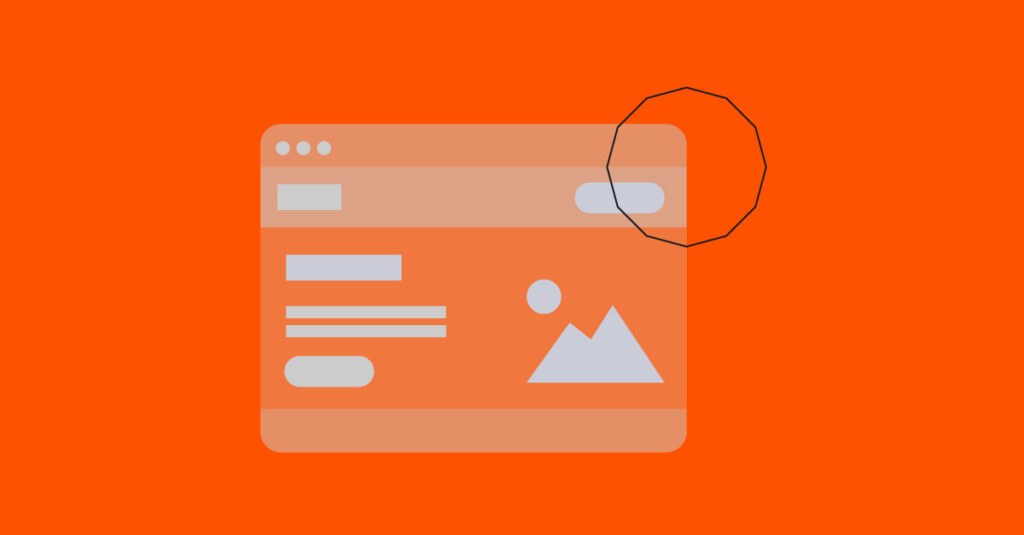Why is website optimisation important?
Have you ever noticed that many tech-focused companies have poor websites? Like a product, a website evolves over time and requires constant bug fixes, development, updates etc to keep it ahead of the competition.
Think of your website as a digital shop window. This is what users will see first. First impressions matter, right? Well, if your website isn’t user-friendly and frustrates consumers, it’s not going to leave the best impression. If your website isn’t performing the way you want it to, you should start thinking about the following six website optimisation techniques.
Boost website loading speed
How fast is your website? Consumers are used to getting what they want, when they want. And website speed plays a vital role in keeping them on site. No one stays long on a website with a slow loading speed.
Google has indicated that site speed is a factor its algorithm uses to rank pages. So, speed is crucial for website optimisation and very much the essence of success.
To boost your website loading speed, consider the following:
- Optimising image sizes, and compressing them if needs be
- Cut down on inefficient JavaScript and CSS
- Select a better hosting option that works for you (even if it costs more)
- Reduce the number of HTTP requests
- Cut down on the number of website plugins
- Don’t redirect too many pages
The average website speed to aim for is two to three seconds. Use tools like PageSpeed Insights to test yours. Check it frequently, especially if you’re making drastic changes with design, webpage layouts or adding extra pages.
Develop a welcoming user experience
If your website isn’t built with your users in mind, then they won’t stay on your site. User experience (UX) and user interface (UI) design are pivotal components to how a good website functions. Both need to be tailored to your audience to drive results.
Think of what engages the audience and how you want them to interact with your website.
Users want:
- A colour scheme and palette that defines your brand, is memorable, and grabs their attention
- A layout that is simple to navigate and interact with to get what they want
- Content that is focused on their needs
If your website doesn’t attract or hold attention, then users aren’t going to stay.
Have a clear user journey in mind
A user journey represents how someone interacts with your brand from start to finish. Today, they may be using several different channels as they search, choose, purchase and review your product/service.
User journeys can be influenced (both positively and negatively) by UX and UI design. With a convoluted layout, users won’t know where to start and where to finish.
But you need to have a user journey in mind to start off with. If you don’t know step 1 from step 5 then you’ll run into problems. Many companies build a user journey map. It’s a great way to:
- Understand how users are interacting with your brand
- Know what their needs, motivations and pain points are
This way you get a real idea of all the steps you need to take to make your customer journey work and can construct a memorable experience for users. It will also highlight the areas on your website you should focus on to achieve an optimised website.
Review your keywords campaign and tools
SEO is fundamental in driving the right traffic to your website. You can have high volumes of users landing on your site, but if you are targeting people who aren’t interested in what you are offering, it’ll will send your bounce rate through the roof.
Keyword strategy is essential to this. You need to implement campaigns so you can get the best results. Try using:
- Short tail keywords – high in competition and high search volume, but good starting point to attracts users in the first stage of their journey. For example, black shoes.
- Long tail keywords – low competition and low search volume, but they can bring in users that are searching for a specific product. For example, size 10 black leather shoes.
- Long term evergreen keywords – search volume will fluctuate sometimes but these are keywords that are relevant all the time and may be ideal when building long term strategy. For example, winter boots.
- Product defining keywords – while these keywords will likely change in volume and competition, using pivotal terms and phrases that describe your product is another way to drive traffic. For example, black Nike shoes for women.
Take a look at the tools you’re using too. Google Analytics and Search Console are great, but you can also use Ahrefs and Semrush for measuring engagement.
Once you’re attracting the right users with the right keywords and have started measuring your traffic with the right tools, your website will begin to rank and perform the way you wish.
Remember, new pages can sometimes take up to 6 months to begin ranking properly, so patience and consistency is key.
Optimise for mobile
Mobile-friendly is a term you’ll have no doubt come across. With 65% of mobile users saying that they will not return to a website that is not mobile-friendly, website optimisation for mobile and other devices is key to staying ahead in the global marketplace.
First of all, your website needs to be responsive. This means that no matter the size of the screen, your website fits it perfectly: desktop, tablet, mobile, etc. You’ll need CSS to do this correctly as it enables you to set the height and width of elements using pixels and other units of measurement.
Be aware of the following too as they will play a large role in mobile optimisation success:
- Loading speed
- UX and UI design (includes the size of elements)
- Ensuring you have a suitable web host
- The size and frequency of buttons and links
- The size and typeface of your fonts
- Regular testing
Create engaging content
Too much text? Irrelevant content that doesn’t drive awareness or convert? Content plays a valuable role in a good website.
Waffle, poor text layout, and content that is far removed from the key subject simply won’t keep users on the page or bring them back.
Think of the following:
- What is the purpose of each piece of content? Awareness? Thought leadership? Conversion?
- Is there a long-term content strategy in place?
- Is the content easy to read? Are you utilising white space correctly to engage the reader?
- Is it relevant?
- Are you consistent?
Speaking of website optimisation, here at Fifty Five and Five, we’ve done our own rebrand. We took onboard much of what is covered here, and used the rebrand as an opportunity to reflect on our website’s structure and look at areas for improvements. Most notably, we have decided to focus on animated content to drive more engagement. You can read more about our rebrand journey through our blogs.
Looking for a design and content overhaul for your website?
Get in touch with the Fifty Five and Five team to help you reimagine your website design and content for digital success.

